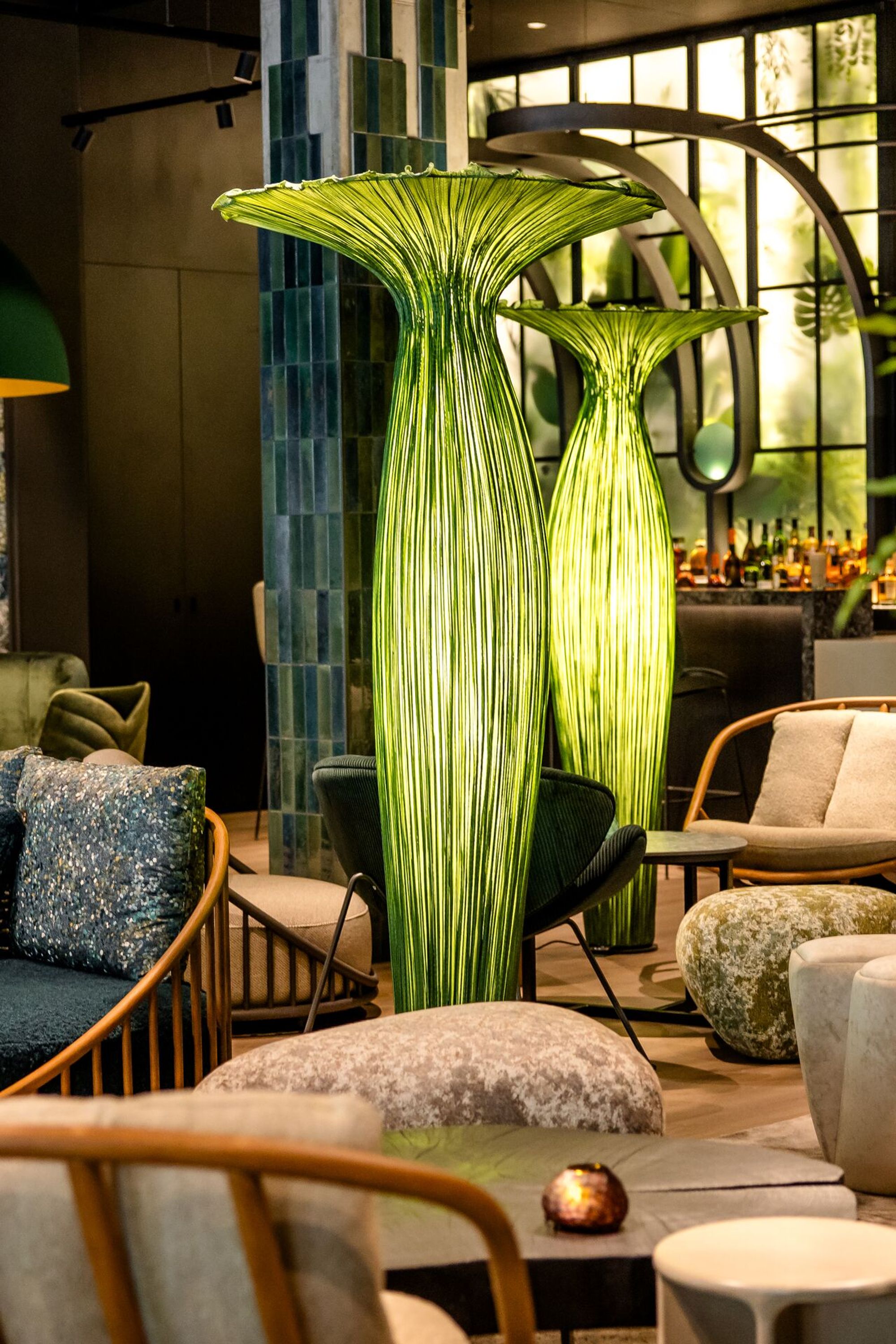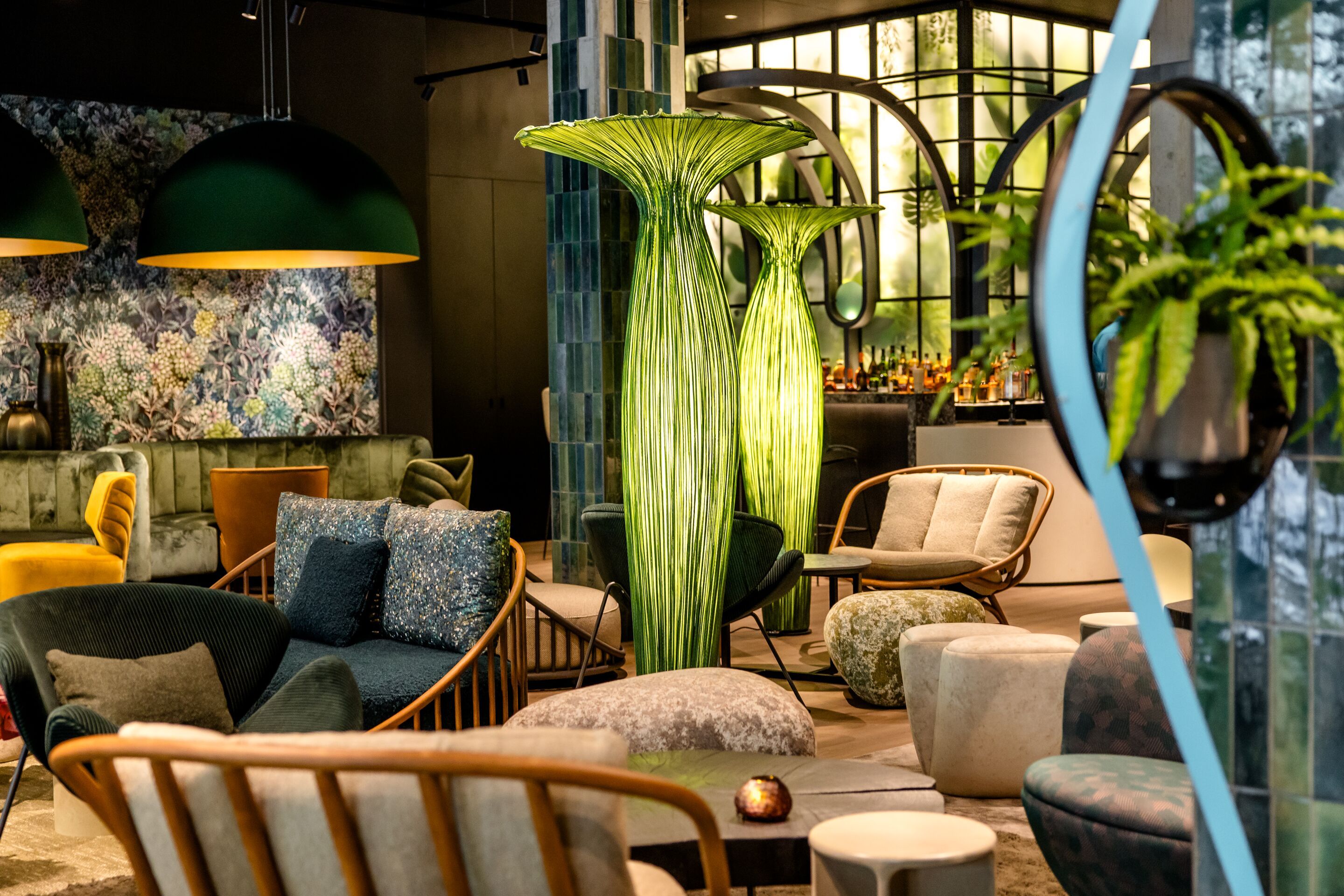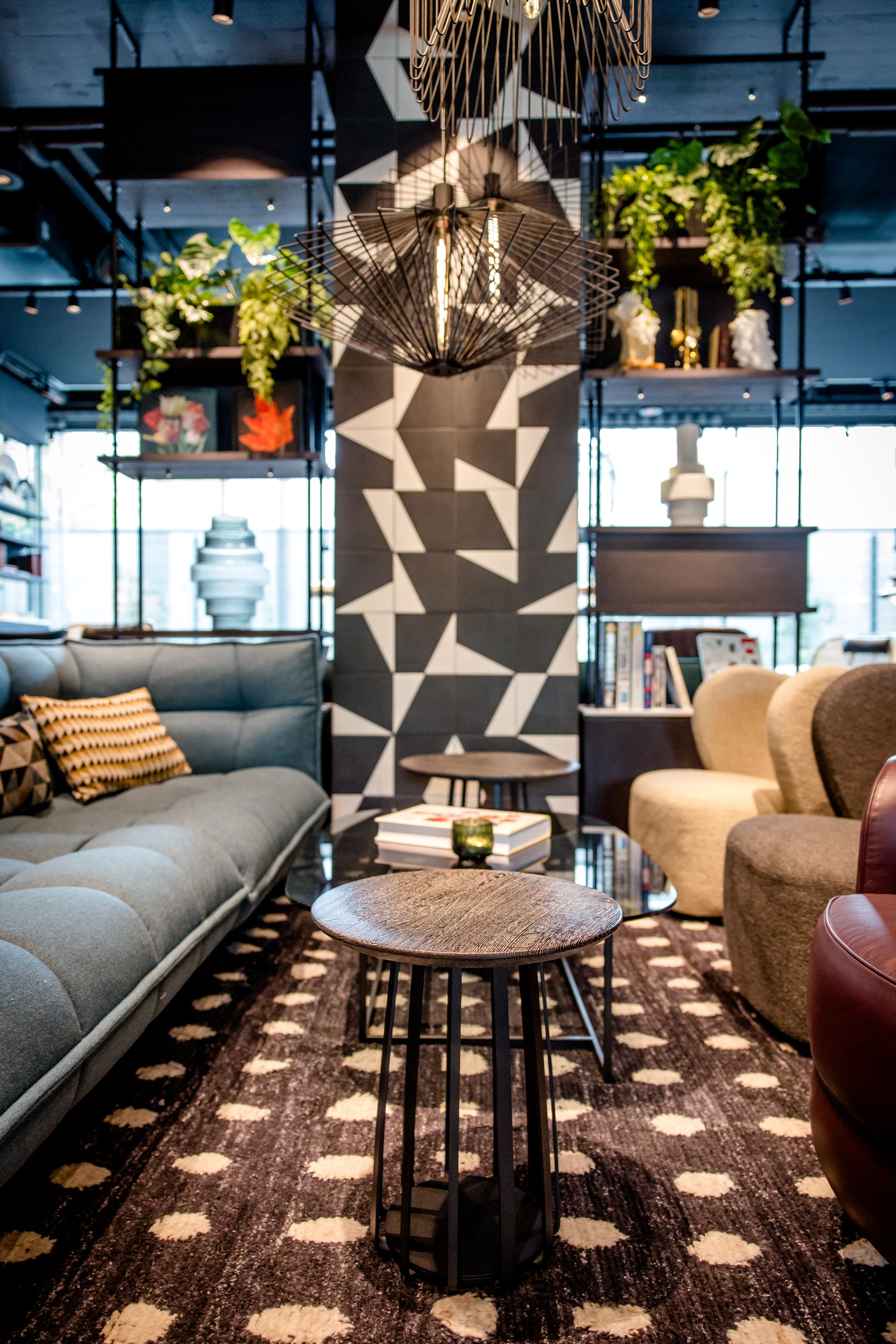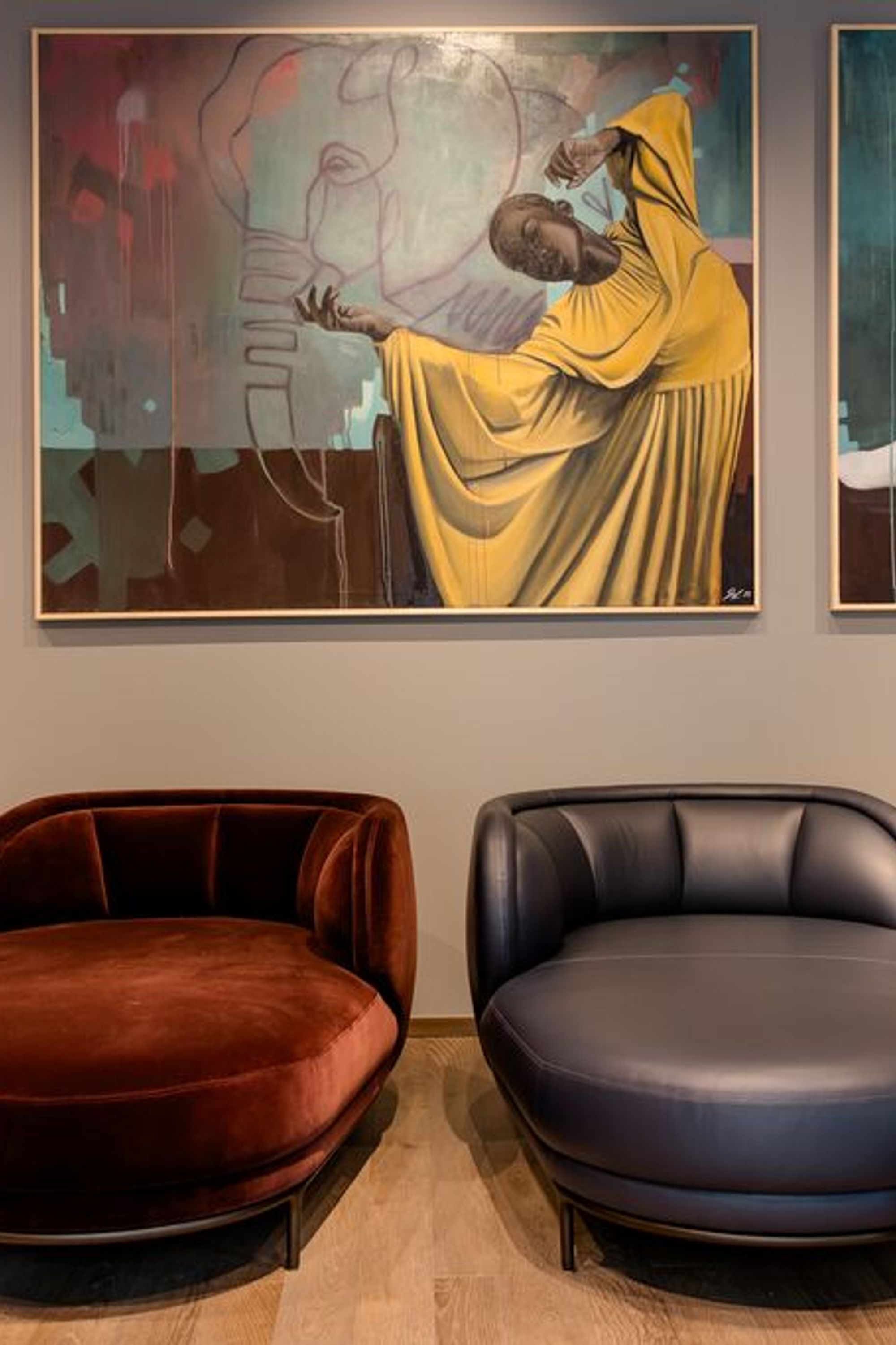Motel One Warsaw
hotels
Switch on. beOne.


Your benefits at a glance:
Warsaw
A city where old meets new
Haven’t discovered Warsaw yet? Then it’s about time you did! For city breaks or short holidays, Warsaw is a real hidden gem. Even if you’re just passing through on a business trip, don’t miss out on the opportunity to explore the Polish capital and experience its warm hospitality. There’s good reason the city on the banks of the river Vistula considered one of the most beautiful in Europe. Poland’s largest and most populous city has always had its own unique charm. Stately buildings, palaces and parks bear witness to the city’s past as the royal seat of the Polish monarchy.
A young art and design scene, a wide range of night life including alternative clubs, creative restaurants, craft beer breweries and beach bars on the banks of the river create the perfect mix of old and new. Now you’ve figured out your travel destination – we’ll provide you with the perfect accommodation. Our hotel in the Polish metropolis gives you everything you need at a great price: affordable rooms with comfortable boxspring beds, extraordinary design and free WiFi, as well as a healthy organic breakfast, a well-stocked bar with a large selection of gins and friendly staff – and of course, all in a central location! Warsaw is waiting to be discovered – what are you waiting for?

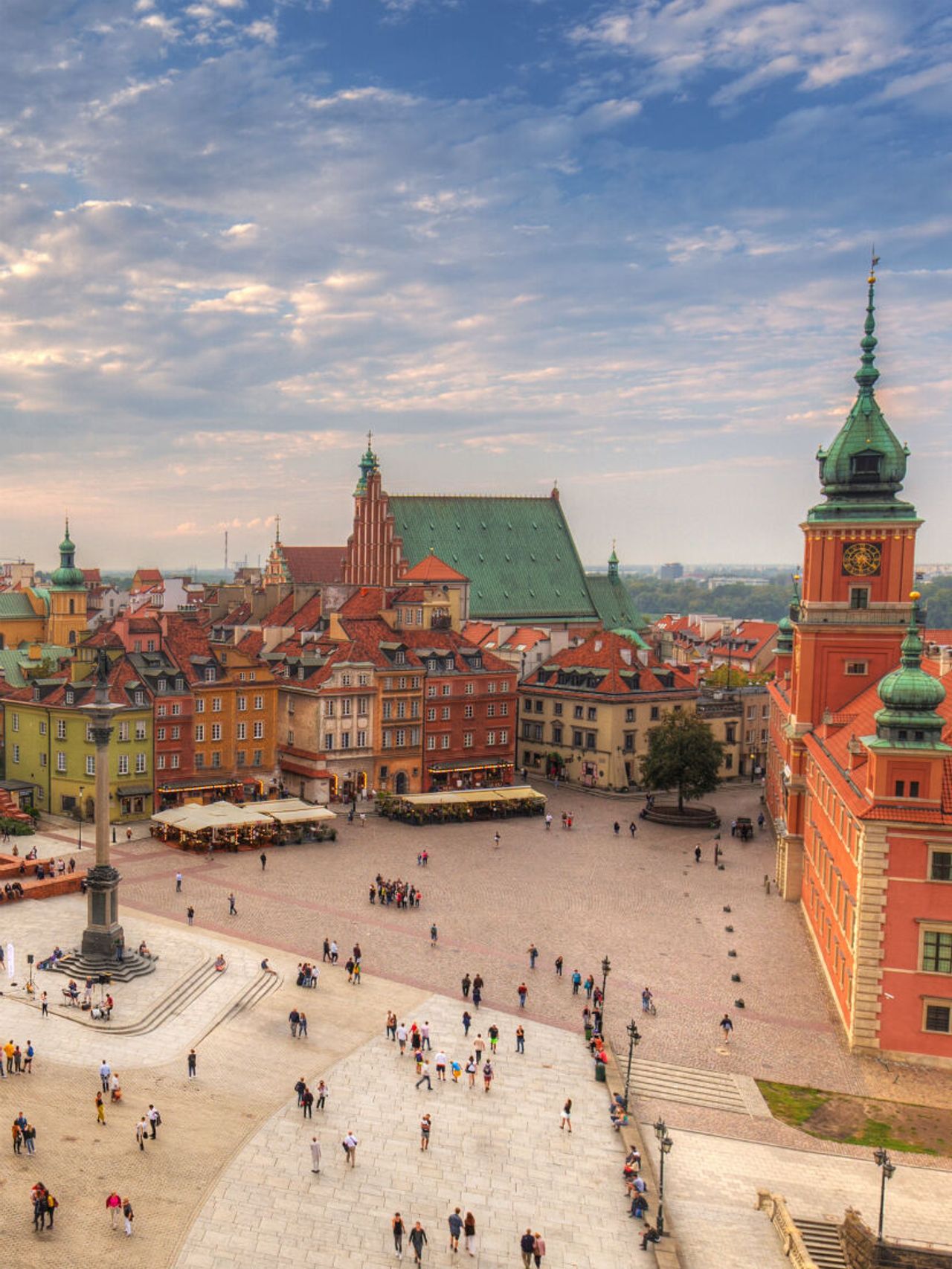
Affordable Design Hotels in Warsaw – your Motel One
Warsaw has been the capital city of Poland since 1596 and has survived many turbulent years and periods of upheaval. The city’s rich history is reflected in its extremely varied architecture. From Gothic churches to classic palaces through to Soviet tower blocks and modern sky scrapers – ‘Warszawa’ is a diverse metropolis that seamlessly combines the old with the new and has woven its own unique character.
The city’s iconic landmark is just a short walk away from our hotel and at 237 metres high, it’s hard to miss: the Palace of Culture and Science, or – Pałac Kultury i Nauki, shortened to PKiN – is located just opposite the central train station. The building was built by the Soviets in the 1950s and, at the time, it was the second tallest building in Europe. Today it houses, among other things, several cinemas, theatres and a swimming pool, as well as a viewing platform and panoramic restaurant on the 30th floor. From the PKiN, you can easily reach the Warsaw Uprising Museum and the National Museum on foot or alternatively you can take the tram. It’s generally very easy to explore Warsaw by public transport as an extensive network of underground trains, buses and trams connects the entire city.
Visiting Warsaw’s Old Town is an absolute must. After it was destroyed in World War II, it was meticulously rebuilt to replicate authentic pre-war architecture. Today, it is a UNESCO world heritage site. The Market Place lies at the heart of the Old Town, home to many restaurants and cafés where you can try typical Polish specialities such as Barczcz, a beetroot soup, or filled Pierogi dumplings. And of course those who want to can try Poland’s national drink, vodka. Na zdrowie!
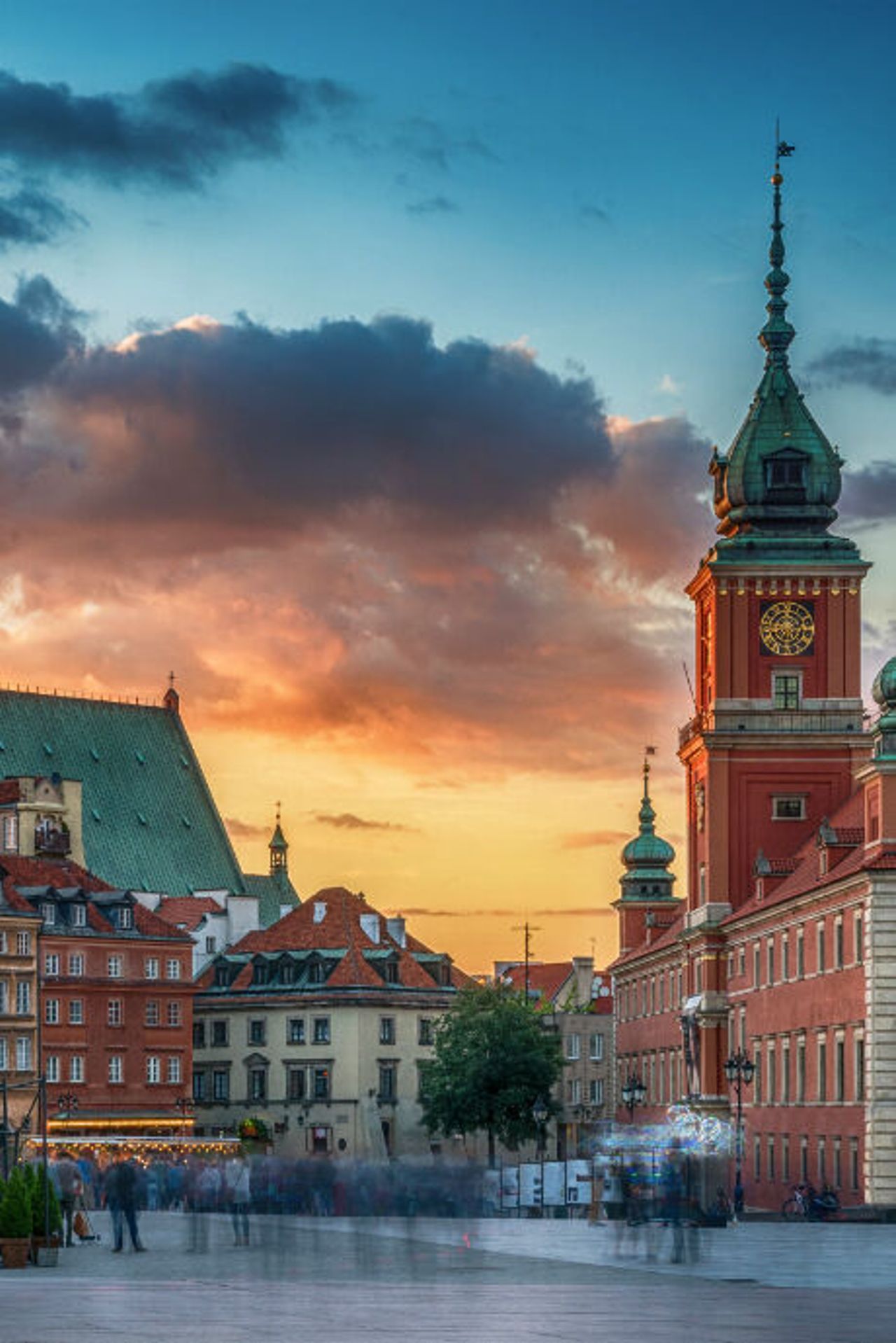

Old glamour meets new world
The Syrenka (mermaid) statue is also found in the Old Town. It is a symbol of Warsaw and is depicted in Warsaw’s coat of arms. Many legends have been told about the mermaid: she is said to have protected the inhabitants of the settlement, which would later become the capital city, in thanks for being saved by a fisherman.
St. John’s Archcathedral, the oldest church in the city, and the Royal Castle, which housed the Polish royal family until the 18th century, are also located in the Old Town. From the southern end of Castle Square, you can stroll along the Royal Route, one of the longest royal boulevards in the entire world. It winds south from the Royal Castle to the royal summer residences, including Wilanów Palace, located 10 kilometres away. On this magnificent boulevard, you’ll find one historic building after another, from St. Anne’s Church, to the Presidential Palace, through to the University of Warsaw. Keep on walking and you’ll end up on Nowy Świat, the famous shopping street in Warsaw. The ‘New World’ street’s many shops, cafés and restaurants invite you to shop to your heart’s content.
Warsaw’s New Town, built at the end of the 14th century, lies in the north of the city and borders directly on the Old Town. The Barbican, a gate in the old city walls around the historic centre, leads you into Nowe Miasto, the New Town, which boasts churches that are well worth seeing, as well as the 18th-century Raczyski Palace. The New Town is criss-crossed by Ulica Freta, a pedestrian street where you can grab a bite to eat in a restaurant and watch the world go by. Or take a break from sightseeing and enjoy the fresh air in Traugutta Park.
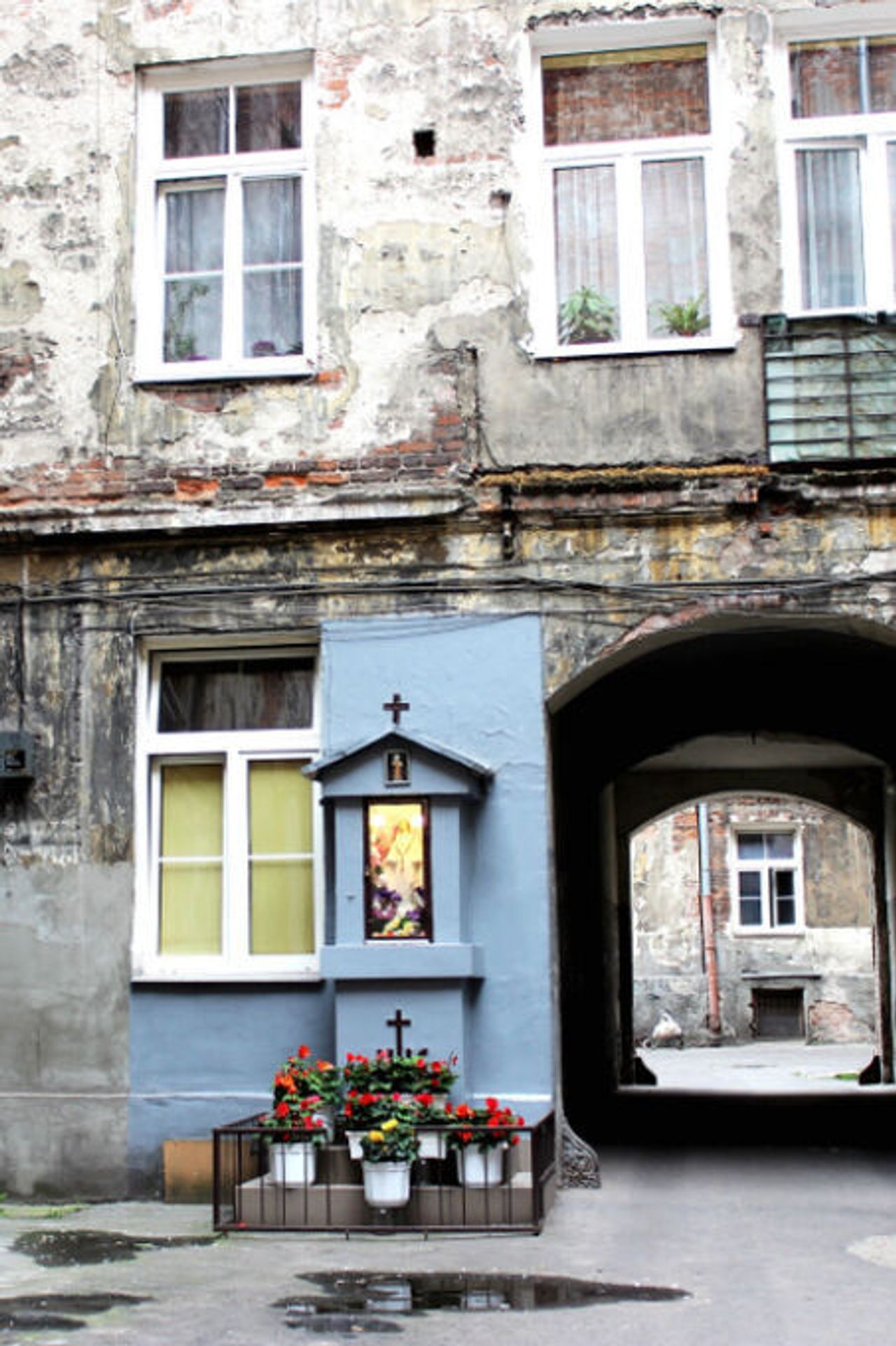
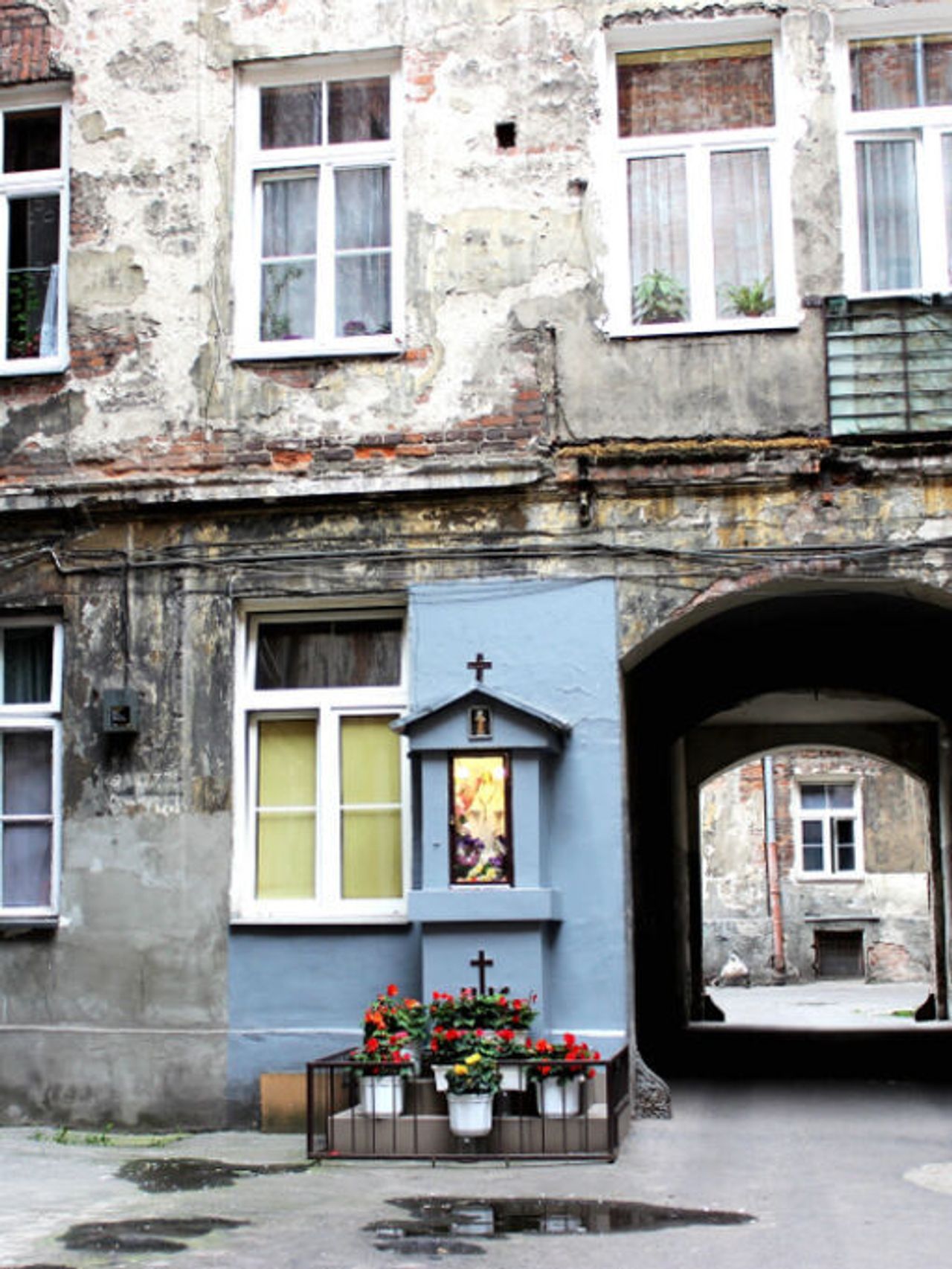
The trendy Praga district
The trendy Praga district lies on the eastern bank of the Vistula, directly across from the Old Town. You can easily reach the Praga district on the tram which goes over the Śląsko-Dąbrowski bridge. Former a separate town, it became part of the capital city in 1791. The area here is markedly less Western and more authentic, as the former worker’s quarter was damaged considerably less during World War II. So authentic in fact, that Hollywood movies such as The Pianist have been filmed against its atmospheric backdrop. Today, it’s home to the artists and creatives of Warsaw, and colourful street art adorns old buildings that are slowly falling into ruin. The modern art galleries and bars are well worth a visit. Small cosy restaurants serve hearty Polish dishes – or vegan fare – while unusual museums are dedicated to subjects such as vodka production or neon signs. Don’t forget: the Praga district is also home to Warsaw Zoo, including the famous Żabiński-Villa, and the Vistula beach, one of the most beautiful urban beaches in Europe. If you want to experience another side of Warsaw, a short trip to the other side of the river is a must.
Chopin – Warsaw’s beloved musician
We will never know if Chopin himself sunbathed on Warsaw’s river banks, but one thing is sure: Frédéric Chopin is one of the city’s most famous sons. Born in 1810 in Żelazowa Wola, which was then in the Duchy of Warsaw, he spent the first 20 years of his life on a manor estate close to the university, before moving to Paris. He received his musical training here, composed his first pieces and, as a child prodigy at the piano, played in the palaces of the aristocracy. Even today the great composer is ever-present – the airport is named after him, and the Chopin museum, directly opposite our affordable hotel, and the Chopin monument in Łazienki Park, are both dedicated to his memory. In the summer months his music floats through the air, as many open-air concerts are held to honour his music. There is no doubt that Warsaw loves Chopin and Chopin loved Warsaw. So much so that according to his wishes, his heart was brought back to Warsaw after he died. Today, it rests in the Holy Cross Church on the Royal Route. The great musician also inspired the design of our hotel – the design of the lounge and rooms were inspired by his classical music. If you are looking for unique, affordable accommodation in a top location, our Motel One is just right for you. Maybe you’ll also lose your heart to Warsaw? We will be delighted to welcome you to our hotel!
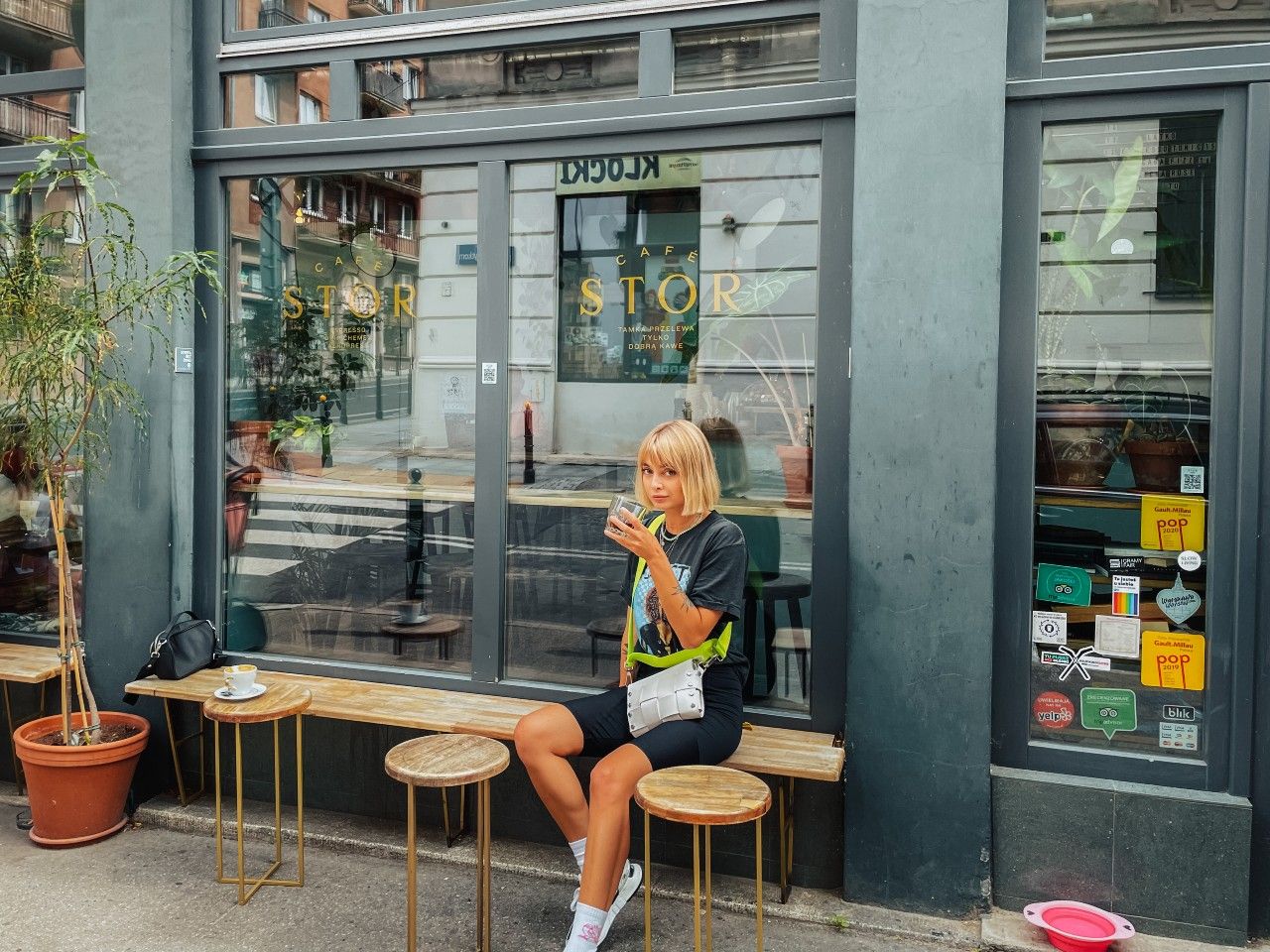
Travel Like a Local
Natalia @nataliakusiak shows us the many facets of Warsaw.



